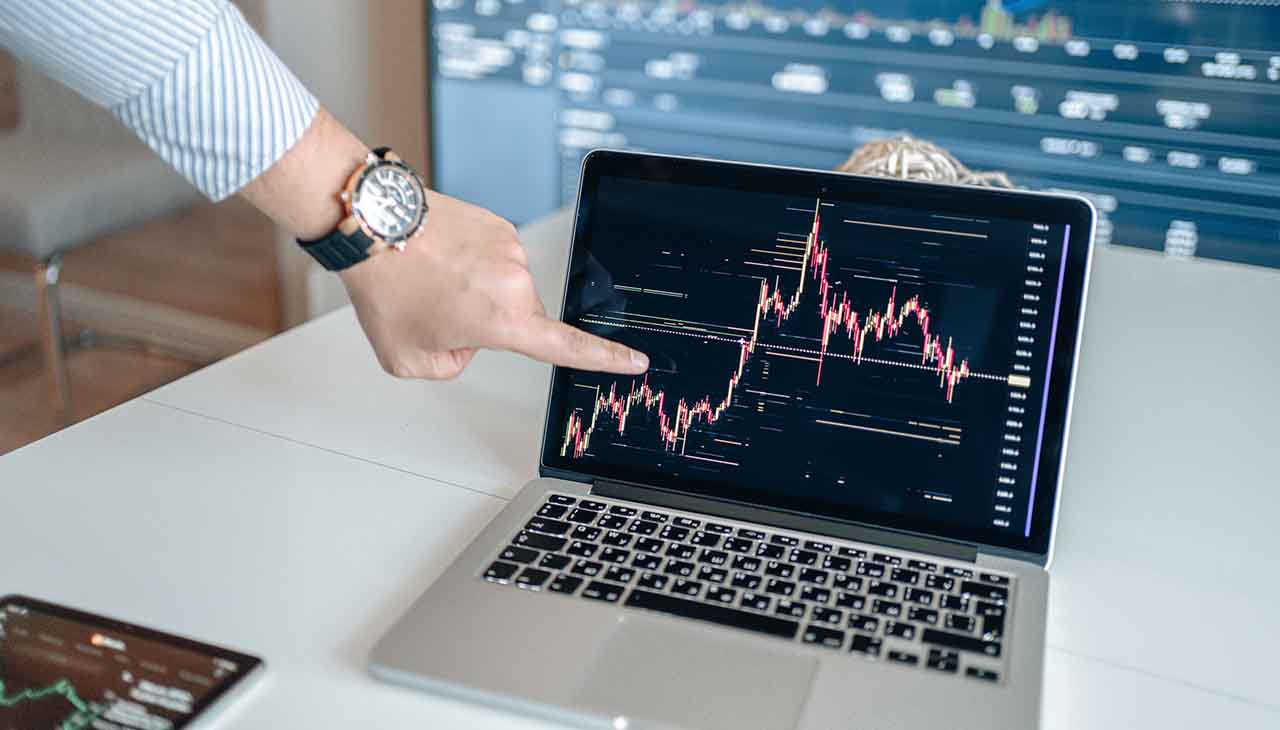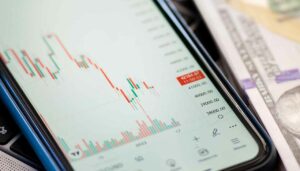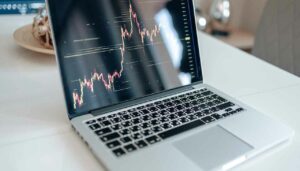Introducing Automated Trading – What is it and How Does It Work?
Automated trading is the use of computer programs or software that automatically submits buy and sell orders to a financial market. Automated trading eliminates much of the emotion involved in manual trading, such as fear or greed, by following pre-defined parameters and making decisions based on predetermined logic. This allows traders to be far more disciplined with their strategies and helps them to avoid emotional errors.
The advantages of automated trading are numerous. Automation reduces transaction costs and increases accuracy because trades are executed quickly without having to manually enter each order. Additionally, automation allows for better risk management since it can help reduce losses due to human error. Finally, automated trading systems allow traders to take advantage of opportunities they may otherwise miss if they were left to manually enter trades.
Automated trading has become increasingly popular with traders due to its ability to execute orders quickly and efficiently. Automation also allows for more diversification since it can simultaneously trade multiple markets at once, allowing traders to spread their risk over a larger number of securities. Furthermore, automated trading systems use sophisticated algorithms and programming languages that are constantly monitored to make sure that they operate at full efficiency at all times.
Benefits of Automated Trading Systems – Why You Should Consider Them?
Automated trading systems offer numerous benefits to traders, including more accurate and faster execution of orders, greater diversification, more consistent profits, and improved risk management. By using automated trading systems, traders can reduce the time needed to analyze markets and execute trades. Additionally, these systems often include sophisticated algorithms which allow for better market analysis and more efficient trade execution.
Furthermore, automated trading systems allow traders to spread their risk over a larger number of securities by allowing them to simultaneously trade multiple markets at once. This helps limit losses due to market fluctuation or volatility. Additionally, automated systems provide backtesting capabilities which allow traders to test their strategies in simulated market conditions before applying them in real-time. Finally, automated trading systems are constantly monitored and updated to maintain their accuracy and efficiency.
Making the Most Out Of Automated Trading – How to Get Started
Getting started with automated trading can seem daunting at first but is relatively simple once you understand the basics. Here are a few tips for getting started:
- Learn about the different types of automated trading strategies available and decide which type best suits your goals and trading style.
- Research automated trading software or services that offer the features you need.
- Select the appropriate software or service and create an account with them.
- Configure your automated trading system to suit your preferences and risk profile.
- Backtest your strategy in simulated market conditions using data from historical markets.
- Monitor your automated trading system regularly for optimal performance and accuracy.
- Make sure to review the results of each trade before executing it, as this can help identify areas for improvement to maximize profits going forward.
Risk Management Strategies – Minimizing Losses and Maximizing Profits
Although automated trading can help reduce losses due to human error, it is important to remember that automated trading systems are not immune from risk. As such, risk management strategies should be employed to minimize potential losses and maximize profits. One way to manage risk is by diversifying your trades over various markets and asset classes. This allows you to spread out the risk associated with each trade so that a bad outcome in one market won’t affect your overall profitability. Additionally, setting realistic profit targets based on a solid analysis of the market can help you avoid being too aggressive or taking unnecessary risks. Finally, monitoring your portfolio regularly will ensure that any changes in the market are addressed quickly and efficiently before they have a chance to cause significant losses.
Selecting the Right Software Platforms for Your Trading Needs
Finally, it is important to select the right software platform for your specific trading needs. Different platforms offer different features and capabilities, so it’s important to find one that will best suit your trading style and preferences. It’s also a good idea to research the customer service offered by each platform to ensure you get any help or support you need quickly should there be any issues.
Analyzing Market Conditions – Identifying Trends & Making Predictions
Analyzing market conditions is essential for traders looking to maximize their profits and minimize losses. This involves studying and understanding the factors that affect price movements and using this knowledge to make predictions about future price trends. Technical analysis utilizes historical data, charts, and indicators to identify potential trading opportunities. Fundamental analysis focuses on news or events that may have an impact on asset prices, such as economic data releases, corporate earnings announcements, or political developments.
Ultimately, automated trading enables traders to take advantage of these opportunities while reducing the risk associated with manual trading errors. By combining advanced algorithms with careful market analysis and risk management strategies, automated trading can help traders identify profitable trades while protecting against potential losses. Automated trading systems allow for faster execution of orders, greater diversification, and enhanced risk management capabilities. With careful research and analysis, traders can make the most out of automated trading systems to maximize profits while minimizing losses.
Setting up & Testing Your System – Tips for Optimizing Performance
Once you’ve chosen the right automated trading system for your needs, it is important to set it up correctly and test it to ensure optimal performance. Here are a few tips:
- Ensure that all of the settings are configured correctly according to your preferences and risk profile.
- Test the system with historical data before applying it in real-time markets.
- Monitor performance regularly and adjust settings accordingly if necessary.
- Review results after each trade to identify areas for improvement or optimization going forward.
- Use backtesting capabilities where available to fully optimize system performance over time.
Conclusion – Automated Trading Systems & Risk Management Strategies
Automated trading systems can help traders reduce risk and maximize profits by automating trading activities across multiple markets and asset classes. However, it is important to remember that automated trading systems are not immune from market risks. As such, risk management strategies should be employed to minimize potential losses and maximize profits. By combining advanced algorithms with careful market analysis and risk management strategies, automated trading can help traders identify profitable trades while protecting against potential losses. With the right research and preparation, traders can make the most out of automated trading systems to reach their financial goals.


